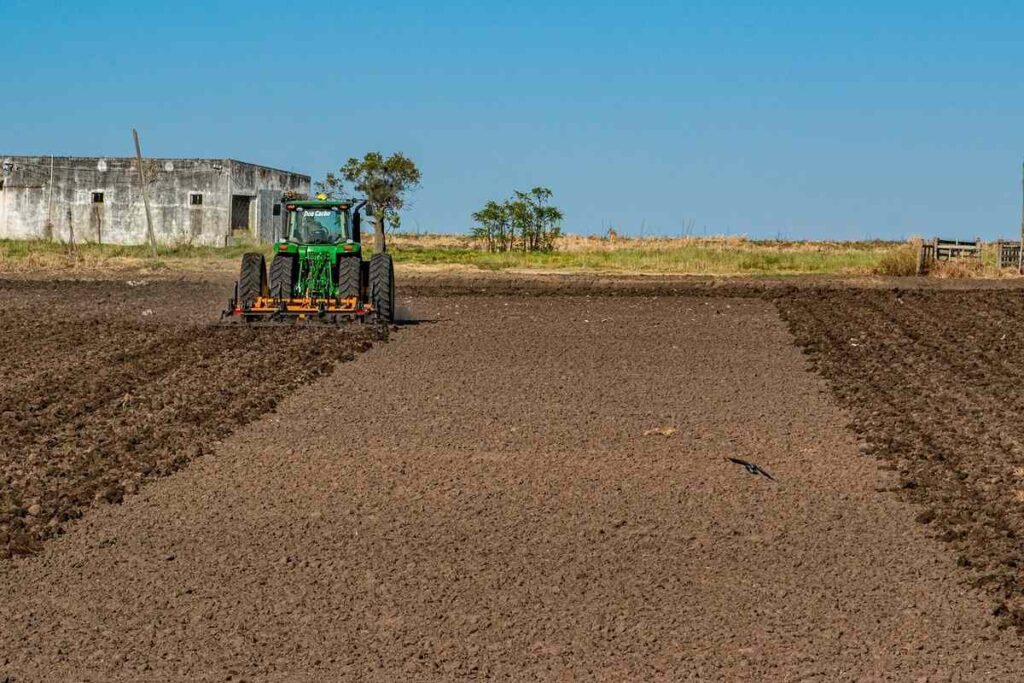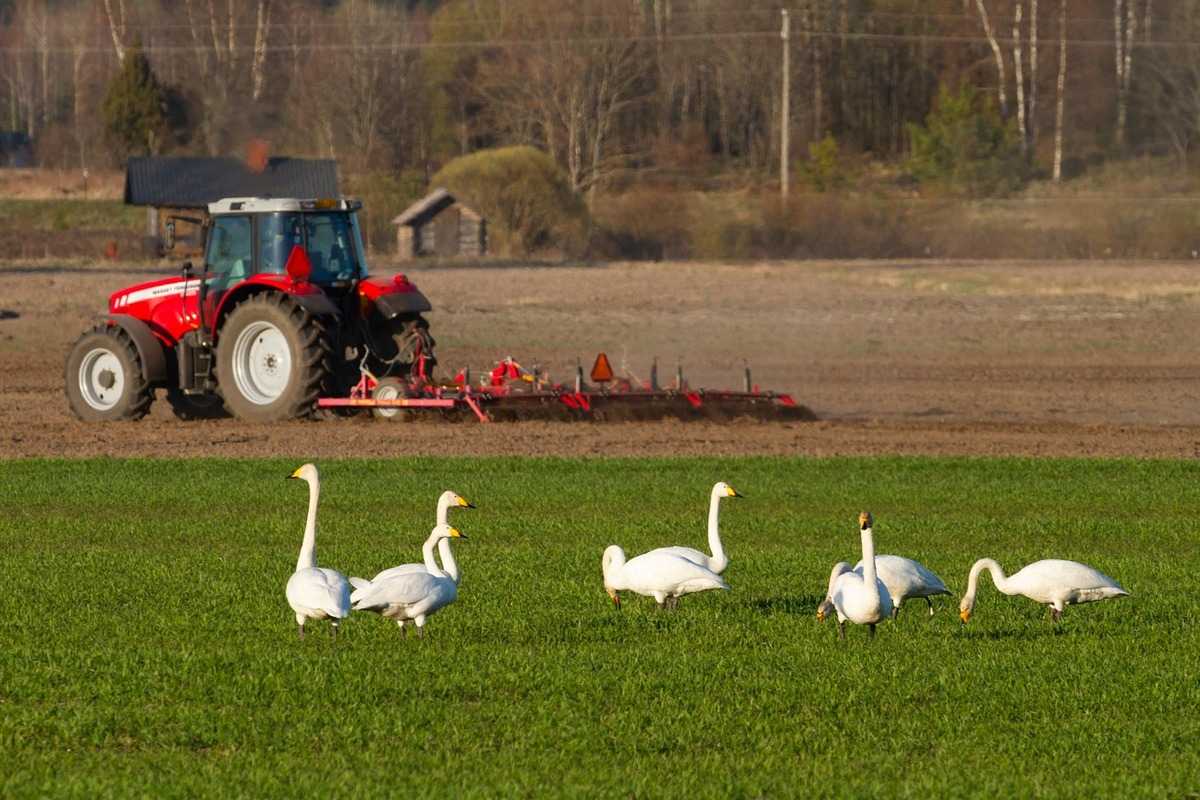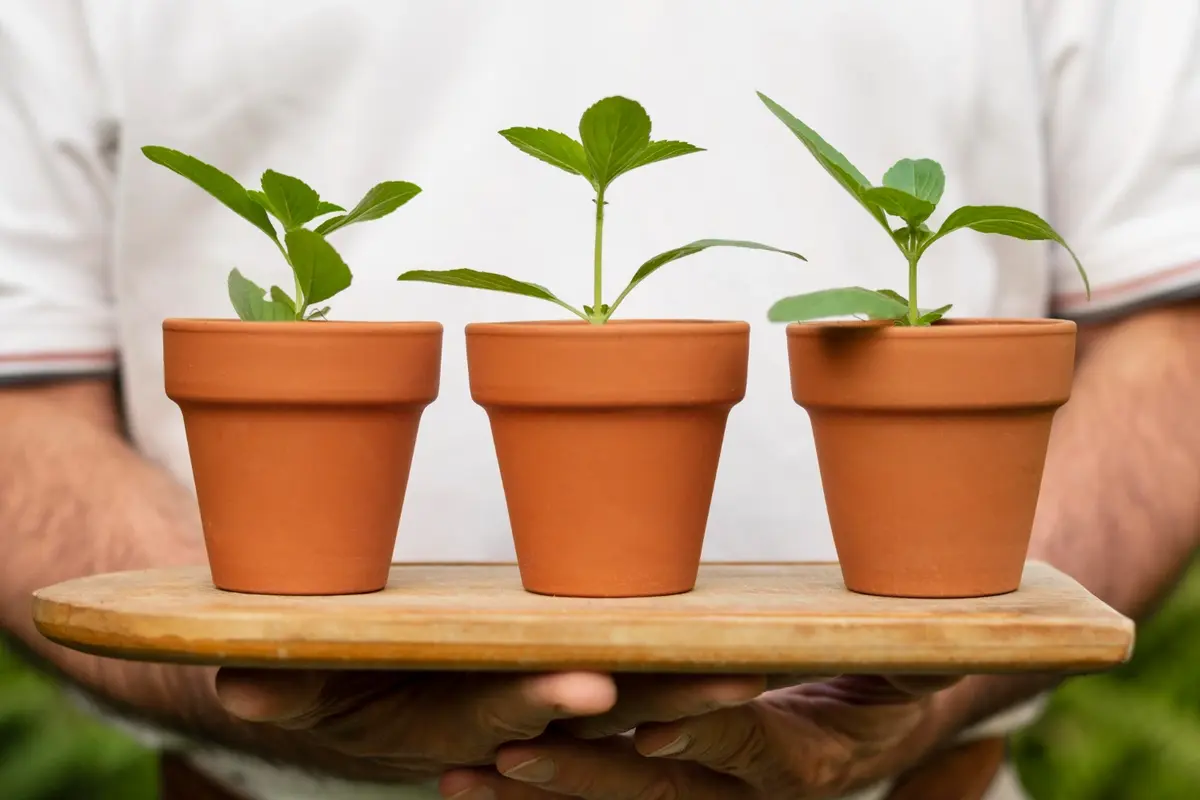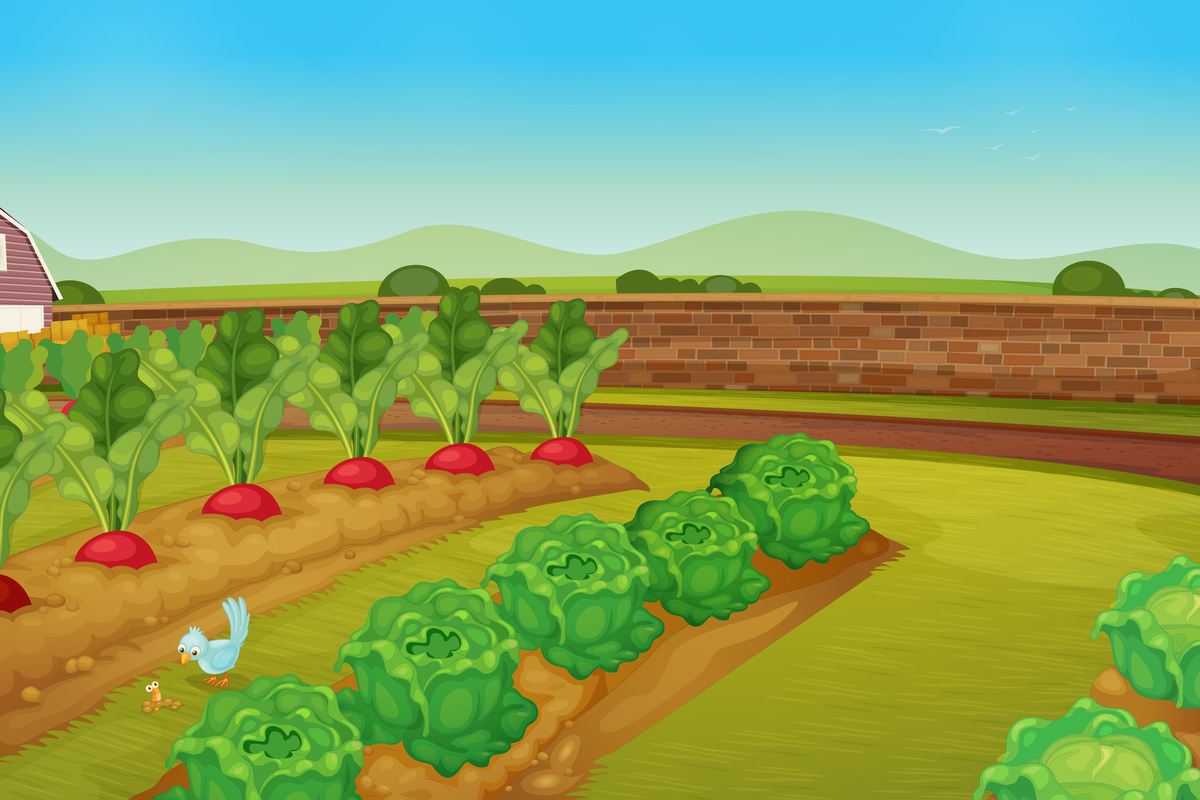Tillage in agriculture refers to the process of preparing the soil for planting by mechanically manipulating it using tools like plows, harrows, and cultivators. This process helps in loosening the soil, improving aeration, controlling weeds, incorporating organic matter and fertilizers, and facilitating better water infiltration.
While tillage is essential for enhancing seedbed conditions and promoting plant growth, excessive tillage can lead to soil degradation, erosion, and loss of soil moisture. Nowadays, many farmers are turning to reduced tillage and no-till methods to preserve soil structure, improve sustainability, and enhance long-term productivity.
Table of Contents
Importance of Tillage in Agriculture

1. Soil Preparation and Aeration
Tillage helps in breaking compacted soil, creating a loose and aerated structure that is ideal for seed germination and root growth. It improves oxygen availability, which is essential for the respiration of plant roots and soil microorganisms. Loosened soil also facilitates better water infiltration, reducing surface runoff and preventing waterlogging.
2. Weed Control
Weeds compete with crops for nutrients, water, and sunlight, reducing agricultural productivity. Tillage helps control weeds by uprooting them and burying weed seeds deep into the soil, preventing their germination. Secondary tillage operations such as harrowing further help in breaking weed roots and reducing weed populations.
3. Moisture Conservation
Tillage plays a key role in managing soil moisture levels by improving water retention and reducing evaporation. Conservation tillage methods such as mulch tillage and no-till farming leave crop residues on the soil surface, which acts as a protective layer, preventing moisture loss.
4. Enhancement of Soil Fertility
Tillage helps in maintaining and improving soil fertility by mixing organic matter, crop residues, and fertilizers into the soil. This promotes microbial activity, which enhances nutrient availability for crops. The breakdown of organic matter enriches the soil with essential nutrients such as nitrogen, phosphorus, and potassium.
5. Seedbed Preparation and Uniform Germination
A well-prepared seedbed ensures uniform seed placement and proper soil contact, which are crucial for germination and early crop growth. Tillage breaks soil clods, creating a fine-textured surface that facilitates easy seedling emergence. It also ensures that seeds are placed at the right depth, providing them with optimal conditions for germination.
6. Pest and Disease Management
Tillage helps in reducing pest and disease pressure by disrupting their life cycle. Many soil-borne pests and diseases survive in crop residues or the upper layers of the soil. Deep plowing buries these residues, reducing the chances of pest infestation. Tillage also exposes harmful insect larvae and fungal spores to sunlight, which kills them and prevents their spread.
7. Prevention of Soil Erosion
Proper tillage techniques help in preventing soil erosion caused by wind and water. Conservation tillage methods, such as contour tillage and strip tillage, create barriers that slow down water runoff and prevent soil loss. Mulch tillage keeps organic residues on the soil surface, protecting it from wind erosion.
8. Facilitating Mechanized Farming
Tillage makes it easier to implement mechanized farming practices by preparing the land for tractors and other equipment. A well-tilled field allows for efficient planting, irrigation, and harvesting, reducing labor costs and increasing productivity. Modern precision agriculture techniques rely on tillage to create a uniform soil surface for automated planting and fertilization.
Types of Tillage in Agriculture

Tillage in agriculture is classified based on the depth, intensity, and purpose of soil manipulation. The following are the most common types of tillage practices.
Primary Tillage – This is the initial tillage operation that breaks and loosens the soil to prepare it for planting. It involves deep plowing, turning, and aerating the soil to remove hardpans, incorporate organic matter, and improve drainage. Common implements used for primary tillage include moldboard plows, disc plows, and chisel plows.
Secondary Tillage – This is the follow-up tillage operation that refines the soil, breaks clods, and levels the seedbed for sowing. It is done using harrows, rollers, and cultivators to improve soil texture and remove weeds. Secondary tillage ensures a fine, even surface, promoting better seed-to-soil contact and uniform germination.
Conventional Tillage – This method involves complete soil inversion through repeated plowing and harrowing, leaving a clean seedbed. It effectively controls weeds, incorporates fertilizers, and improves aeration, but excessive soil disturbance can lead to erosion, loss of organic matter, and soil compaction over time.
Conservation Tillage – This practice minimizes soil disturbance to reduce erosion, retain moisture, and improve soil health. It includes techniques like no-till, strip-till, and mulch tillage, which leave crop residues on the surface to enhance organic matter, protect against wind and water erosion, and maintain biodiversity in the soil.
Mulch Tillage – This involves leaving organic residues, such as straw, leaves, or crop stubble, on the soil surface to conserve moisture, prevent erosion, and suppress weed growth. Mulch tillage improves soil structure, enhances microbial activity, and reduces the need for frequent irrigation, making it an eco-friendly practice.
Intensive Tillage – This method involves repeated and deep soil tilling within a single cropping season to create a finely prepared seedbed. It is commonly used in high-value crops that require precise planting conditions, but it can lead to excessive soil degradation, compaction, and depletion of nutrients over time.
Reduced Tillage – A middle-ground approach between conventional and no-till farming, reduced tillage minimizes soil disturbance while retaining some tillage benefits. It lowers fuel and labor costs, helps maintain soil moisture, and reduces erosion, but it may require herbicide application for effective weed control.
Zero Tillage (No-Till Farming) – This method eliminates tillage entirely, with seeds being directly planted into undisturbed soil. It helps in preserving soil structure, increasing organic matter, reducing erosion, and lowering input costs. However, it often requires specialized seed drills and increased herbicide use for weed control.
Strip Tillage – In this method, only narrow strips of soil are tilled where the seeds will be planted, leaving the rest of the field undisturbed. Strip tillage reduces soil erosion, improves moisture retention, and enhances root growth while maintaining the benefits of no-till farming in the un-tilled areas.
Ridge Tillage – Crops are planted on ridges formed from previous crop residues, improving drainage, warming up the soil faster in spring, and reducing soil compaction. Ridge tillage is beneficial for crops like maize and cotton but requires precise management to maintain ridge structures.
FAQs
What are the disadvantages of tillage?
While tillage has several benefits, it also comes with significant disadvantages that can impact soil health and sustainability. Excessive tillage leads to soil erosion by disturbing the topsoil and making it more vulnerable to wind and water runoff. It also reduces soil organic matter by accelerating decomposition, which depletes soil fertility over time. Continuous tillage disrupts soil structure, causing compaction that limits root penetration and water infiltration. Additionally, it increases soil moisture loss, making crops more susceptible to drought conditions.








